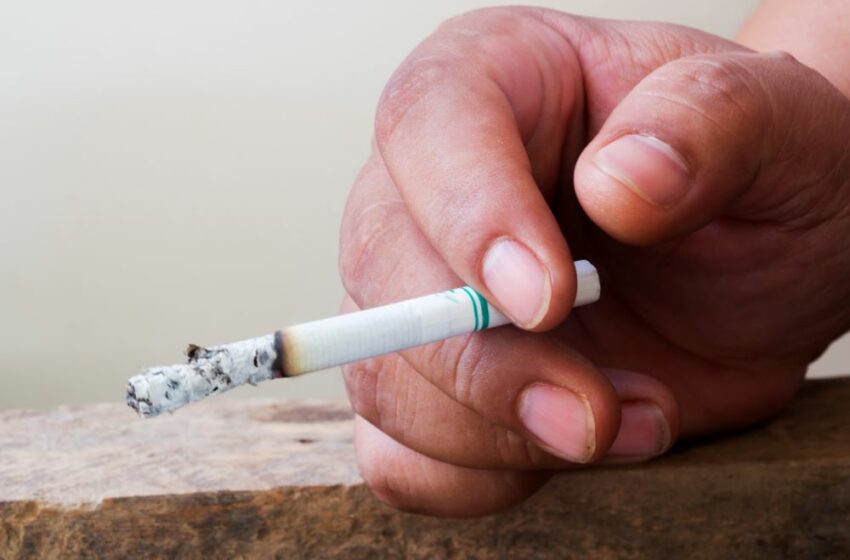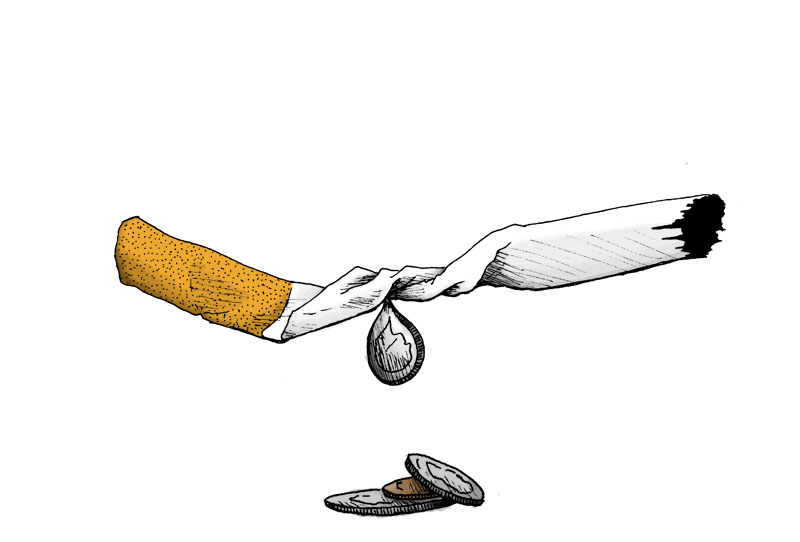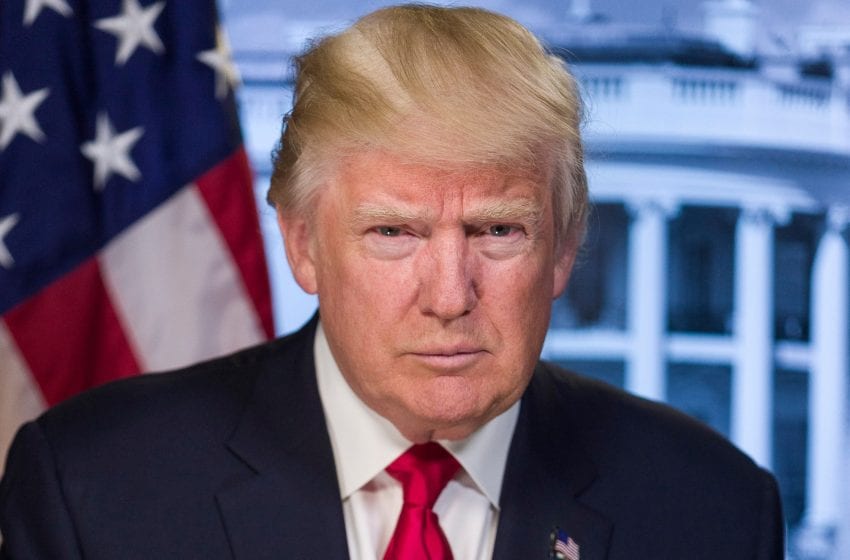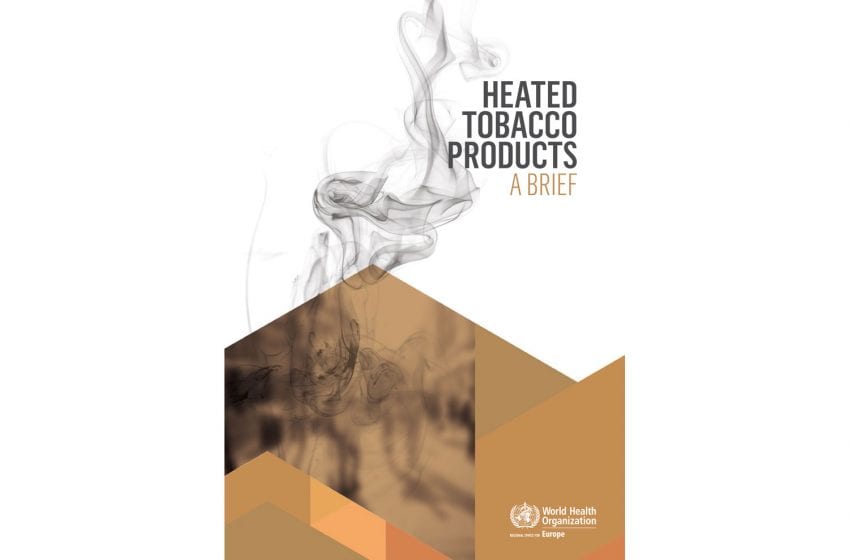The first-ever guideline focuses on helping adult users quit all forms of tobacco. Read More
Tags :WHO
Current tax doesn't discourage cigarette use or offset tobacco-related illness costs.Read More
Report says 150 countries are successfully reducing tobacco use despite industry influence. Read More
The global health body has released a tobacco tax policy manual with 'best practices.'Read More
Vapers will revert to smoking if governments adopt the WHO’s latest proposal, says CAPHRA.Read More
Committing to the FCTC objectives while manufacturing cigarettes requires moral acrobatics. Read More
Global Health Body maintains that there is no proof that heat-not-burn products are safer than cigarettes. Read More
Congress received formal notification of the decision on Tuesday, as Covid-19 cases grow.Read More
President Trump said Friday that the U.S. will be terminating its relationship with the WHO.Read More
Health body says new tobacco products too are harmful to health, and insists on regulation. Read More










